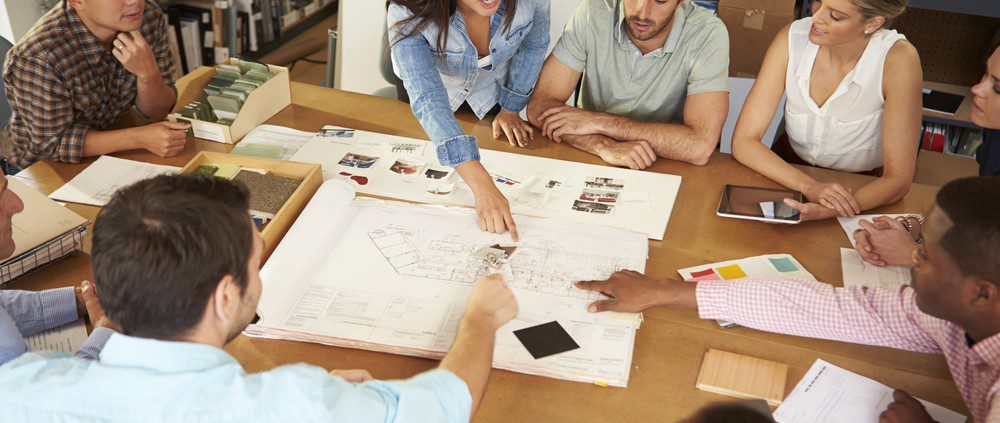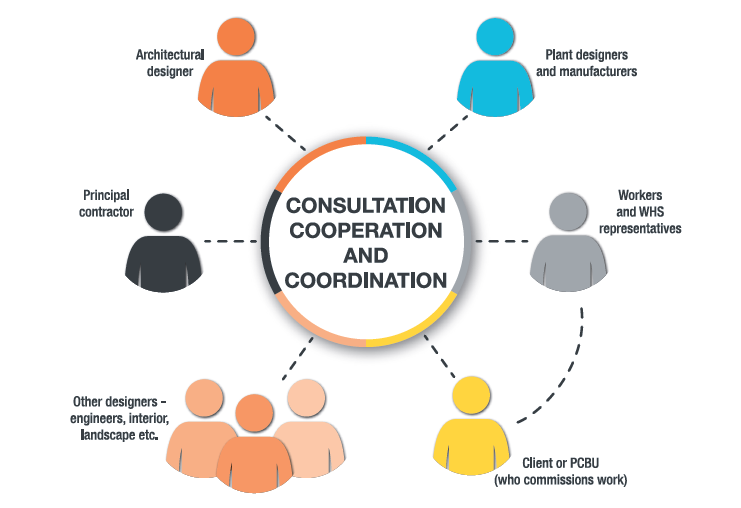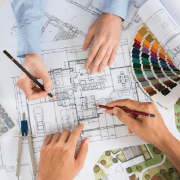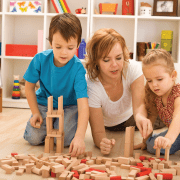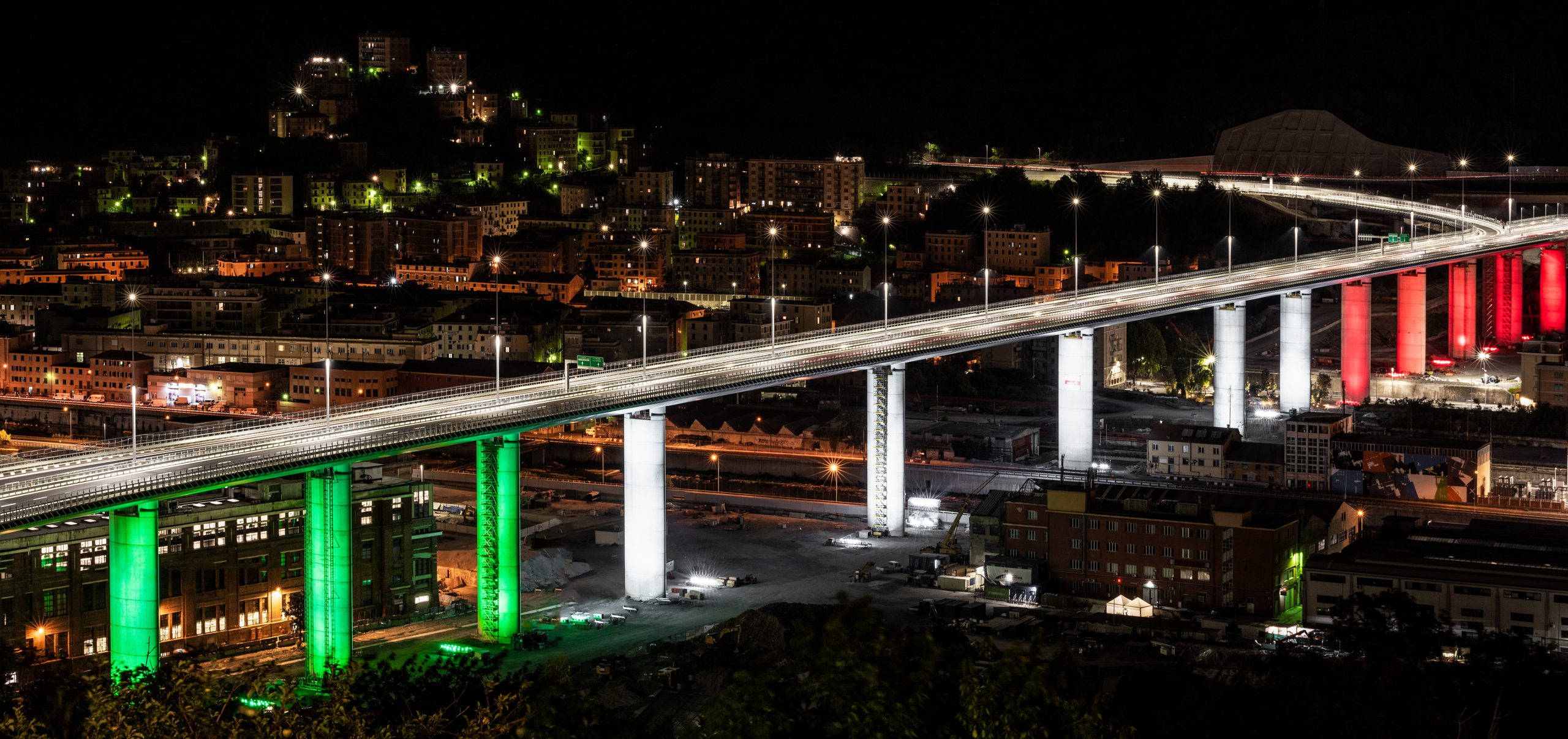Safe Design Workshops
Safe Design in Practice: Workshops
Safe Design Workshops
Designers can identify hazards to eliminate or minimise risk in design, construction and use of a structure by consulting with other duty holders through formal Safe Design Workshops.
 An early workshop – during the design phase – can involve a brainstorming process where key stakeholders, led by a facilitator, consider potential hazards and evaluate the design.
An early workshop – during the design phase – can involve a brainstorming process where key stakeholders, led by a facilitator, consider potential hazards and evaluate the design.
Subsequent workshops can encourage stakeholders to participate and consult on detailed design issues relating to the construction, maintenance, use for purpose or demolition of the structure being designed.
Safety in Design Tool
WorkCover NSW (now known as SafeWork NSW) developed a safety in design tool known as the Construction Hazard Assessment Implication Review Process (CHAIR Process) which uses guidewords as a prompt to promote discussion.
The CHAIR process recommends the use of a facilitator to help guide the process to ensure that there are not any issues that may have been overlooked.
It’s recommended that a diverse range of stakeholders and a systematic methodology is used to significantly reduce the chance of overlooking a major problem.
Who should participate in a Safe Design Workshop?
The hazard categories or guidewords found in the CHAIR Process tool may be useful in assisting the designer or facilitator to guide discussions to identify potential hazards. People that can participate in safe design workshops include:
- the designer
- the client
- project manager
- design manager
- engineers
- maintenance manager
- principal contractor
- workers’ representative
- employer at the workplace or operator
- plant designers
- consultant that have an influence on safety decisions (e.g. childcare consultant, acoustic consultant, BCA consultant, fire services consultant)
- safe design consultant
Consideration of potential hazards should also be identified and solutions proposed to improve the safety of the structure for when it is used as a workplace. Particularly in relation to:
- demolition of existing structures;
- civil and ground works including site layout;
- construction of structure;
- use for the purpose for which the structure is designed;
- maintenance, cleaning and repair of the structure; and
- demolition at end of life.
Benefits of a Safe Design Workshop Facilitator
The Safe Design Workshop Facilitator should be a person that is sufficiently removed from the design process so that they don’t take any suggestions as criticism or feel the need to defend the design concept.
The designer or facilitator should follow a systematic approach in identifying and discussing potential hazards relating to the design. It’s important to document the discussions and outcomes, including items that require further action so that there is a structured approach to the Workshop.
The Safe Design Workshop may be used to help populate the designer’s risk register which forms part of the safety report.
For further information on safe design workshops refer to the Construction Hazard Assessment Implication Review (CHAIR) Safety in Design Tool, WorkCover NSW.
Talk to us about a Safe Design Workshop
 Safe Design Australia can facilitate workshops for your safe design projects. We’ve developed an effective process for workshops and have conducted workshops from small projects to skyscrapers and complex facilities. We can also facilitate workshops using the CHAIR Process.
Safe Design Australia can facilitate workshops for your safe design projects. We’ve developed an effective process for workshops and have conducted workshops from small projects to skyscrapers and complex facilities. We can also facilitate workshops using the CHAIR Process.
If you would like to run your own workshops, we can help you with the tools and training to do this in our Procedures, Templates and Training package.
Need more info, contact us.

